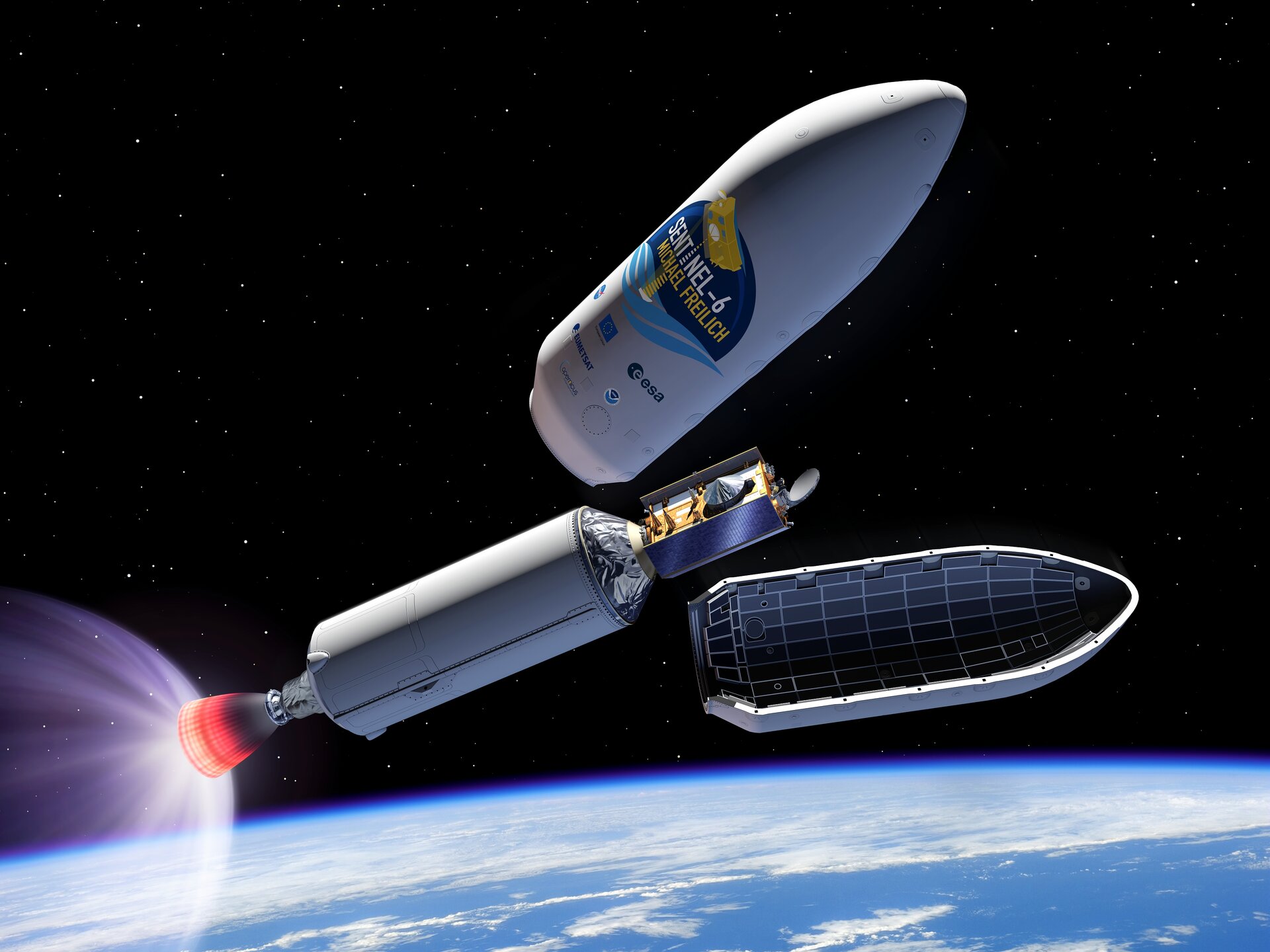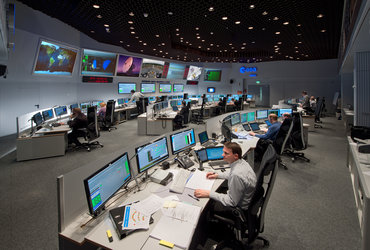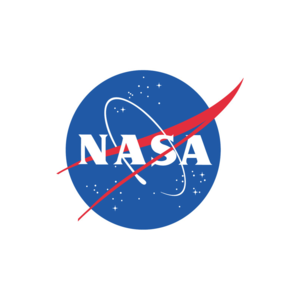Launch
Copernicus Sentinel-6 Michael Freilich is the first ESA-developed satellite to be given a ride into space on the SpaceX Falcon 9 rocket, the world’s first orbital class reusable rocket.
Established in 2002 by Elon Musk, SpaceX has developed and flown the Falcon 1 light-lift launch vehicle, the Falcon 9 medium-lift launch vehicle, the Falcon Heavy heavy-lift launch vehicle – the most powerful operational rocket in the world by a factor of two, and Dragon, which was the first commercially produced spacecraft to visit the International Space Station.

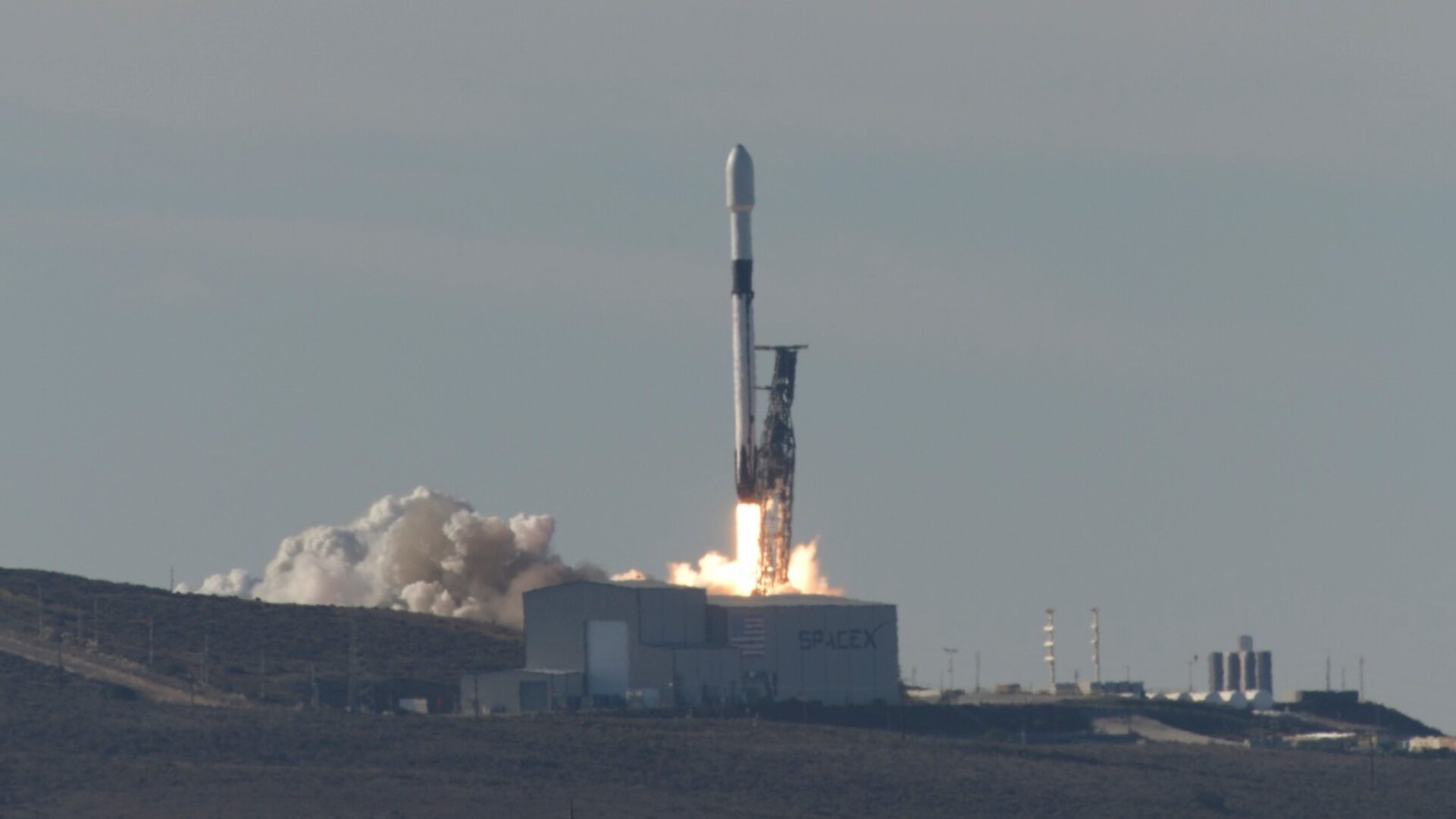
Access the video
As a medium-lift rocket, Falcon 9, being used by Copernicus Sentinel-6, can carry payloads of up to 22 800 kg into low-Earth orbit. The rocket is 70 m high and 3.7 m in diameter. Its first stage incorporates nine Merlin engines and aluminium-lithium alloy tanks containing liquid oxygen and rocket-grade kerosene propellant. The second stage, powered by a single Merlin Vacuum Engine, delivers Falcon 9’s payload to the desired orbit.
Famously, Falcon 9 is partially reusable – unlike most rockets which are expendable launch systems. Falcon 9’s first stage is capable of re-entering the atmosphere and landing vertically after separating from the rocket’s second stage. This reusability, allows SpaceX to refly the most expensive parts of the rocket, which in turn drives down the cost of access to space.
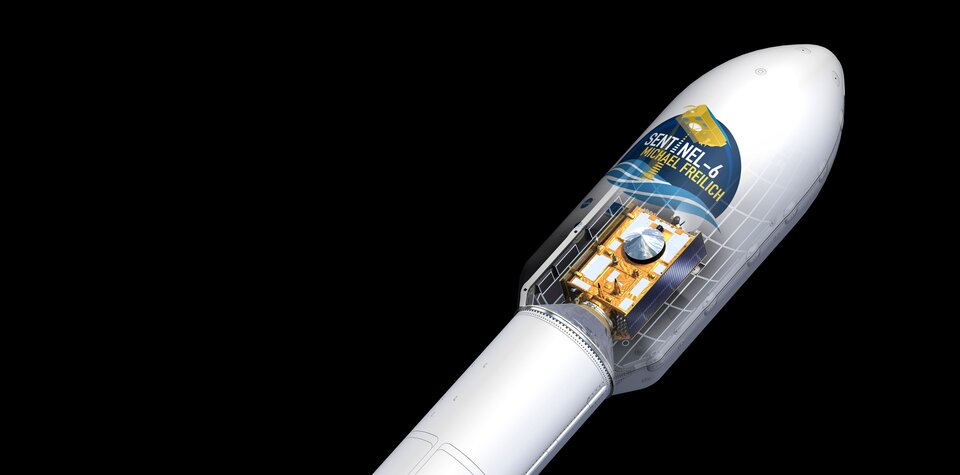
Copernicus Sentinel-6 Michael Freilich launched from the Space Launch Complex 4 East at the Vandenberg Air Force Base near the city of Lompoc in California, US. Previously used by the US Air Force, the complex has been modified extensively to accommodate Falcon launch vehicles. The facilities include a payload processing facility, vehicle integration hanger, customer office area, pad customer room, launch pad and launch and landing control.
The southwestern-most portion of the base juts into the Pacific Ocean – this allows rockets to be launched southward over uninhabited ocean.
Sentinel-6 GO/NOGO recall
GO/NOGO rollcall conducted at ESA's ESOC Mission Control centre, Darmstadt, Germany, on 21 Nov 2020, some 1.5 hours before liftoff of Sentinel-6.
Key events after launch (times approximate):
2 minutes and 16 seconds after launch: main engine cut off, second stage separation and then second-engine Start 1 occurred in quick succession. Reusable Falcon 9 first stage then began its automated boost-back to the launch site for a powered landing.
3 minutes: After protecting the satellite as the rocket travelled through the atmosphere, the launch vehicle's nose cone separated and jettisoned.
8 minutes: Stage-II engine cut-off.
53 minutes: Stage-II first restart for a 15 second burn, followed by Stage-II engine cut-off.
58 minutes: launch vehicle and satellite separation.
1 hour and 7 minutes: satellite began solar panel deployment.
1 hour and 33 minutes: first contact for satellite telemetry downlink by ground stations in Alaska.

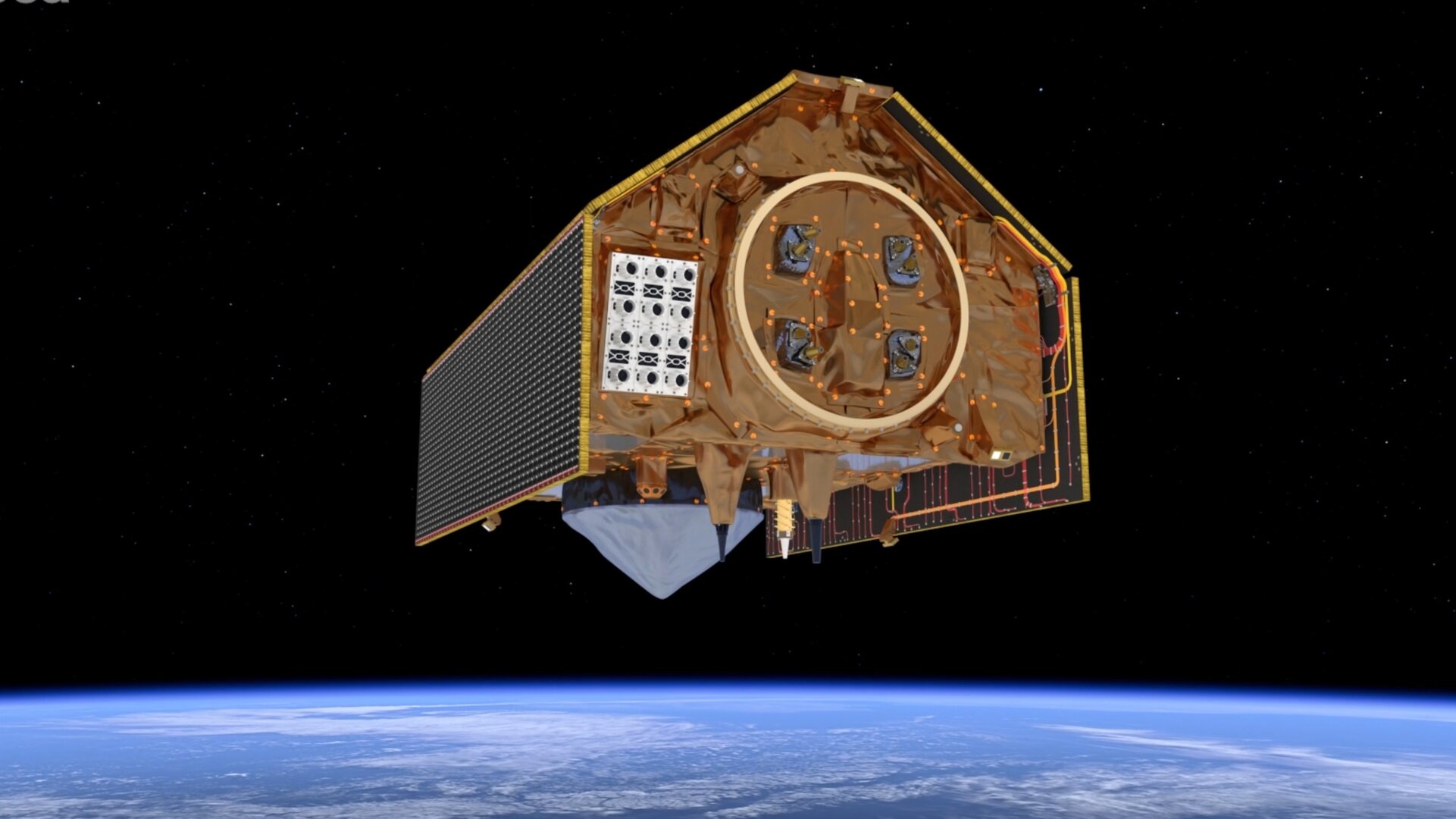
Access the video


